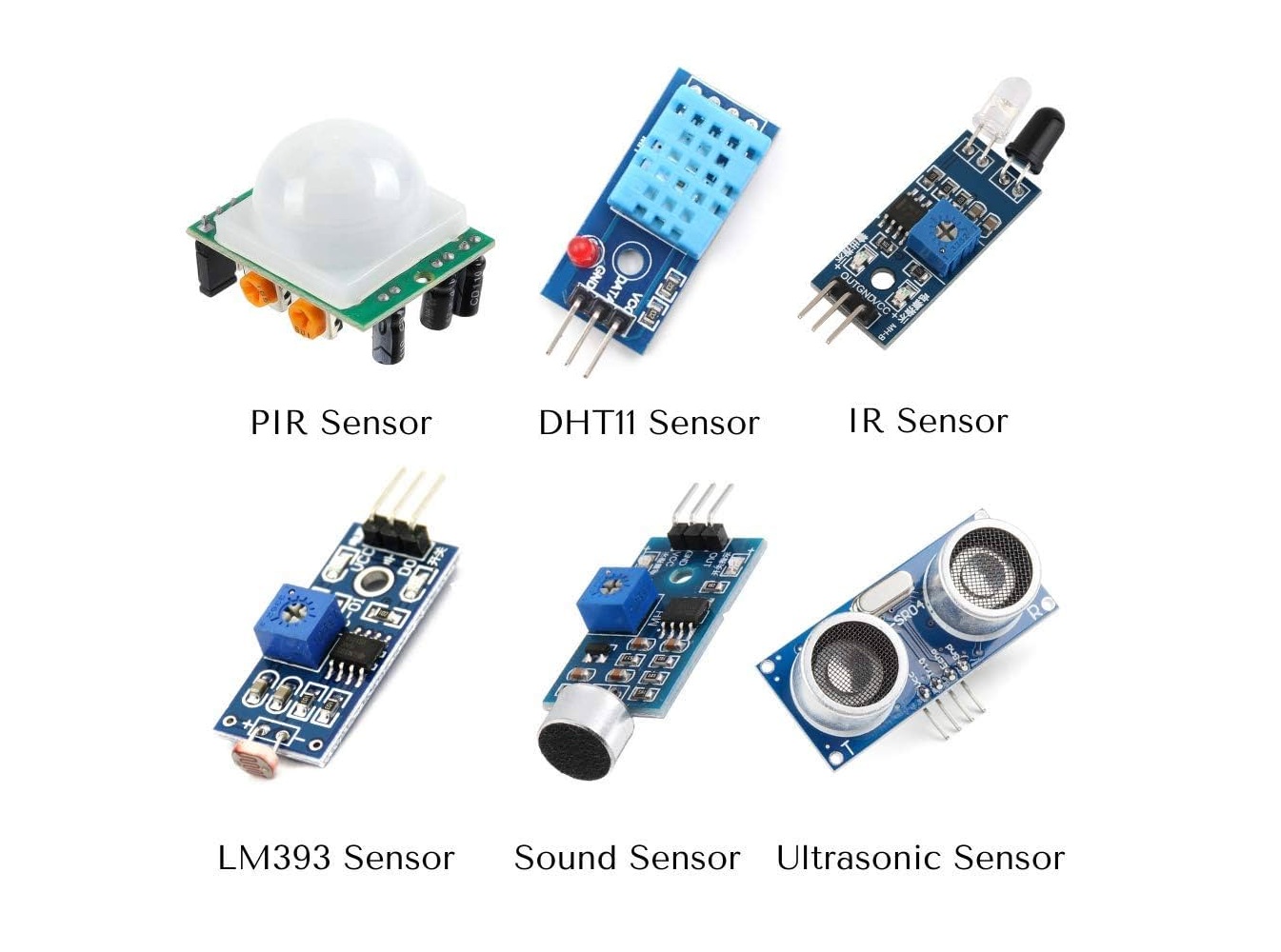
How do you choose the right sensor for a project?
Global electronic component supplier AMPHEO PTY LTD: Rich inventory for one-stop shopping. Inquire easily, and receive fast, customized solutions and quotes.
Choosing the right sensor for a project involves several key considerations to ensure accurate, efficient, and reliable performance. Here’s a step-by-step guide to help you select the right sensor:

1. Define the Sensing Requirement
-
What do you need to measure?
-
Temperature, humidity, pressure, light, motion, distance, acceleration, gas concentration, etc.
-
-
What range do you need?
-
e.g., -40°C to 125°C for temperature, 0–10 meters for distance.
-
2. Understand Your Application Environment
-
Indoor or outdoor? (Weatherproofing may be needed)
-
Harsh conditions? (Dust, moisture, vibration, high temperature)
-
Power availability? (Battery-powered systems may need low-power sensors)
3. Determine Required Accuracy and Resolution
-
Accuracy: How close the sensor’s reading is to the true value.
-
Resolution: The smallest detectable change.
-
Higher precision typically comes at higher cost and complexity.
4. Choose the Output Type
-
Analog (e.g., varying voltage)
-
Digital (e.g., I²C, SPI, UART)
-
PWM or Frequency-based
-
Match it to your microcontroller or system input capabilities.
5. Consider Size and Mounting Options
-
Space-constrained applications may require small or surface-mount sensors.
-
Consider mechanical compatibility for easy integration.
6. Review Power Requirements
-
Operating voltage (e.g., 3.3V or 5V)
-
Sleep modes or low-power operation for battery-based projects
7. Check Response Time
-
Fast response needed for dynamic systems (e.g., motion, airflow)
-
Slower response acceptable for gradual changes (e.g., temperature)
8. Evaluate Reliability and Lifetime
-
Choose sensors with a proven track record.
-
Look for environmental ratings (e.g., IP67, MIL-STD)
9. Confirm Availability and Cost
-
Check if the sensor is readily available through suppliers.
-
Stay within your project budget and account for quantity if needed in bulk.
10. Read Documentation and Community Feedback
-
Check datasheets for detailed specs.
-
Look for reviews, forums, or tutorials related to real-world use.
Bonus Tip: Use Development Boards or Modules
For prototyping, use breakout boards (like from Adafruit or SparkFun) which simplify wiring and coding.
